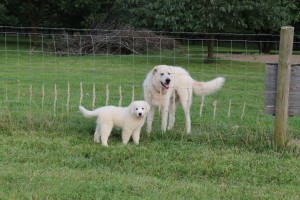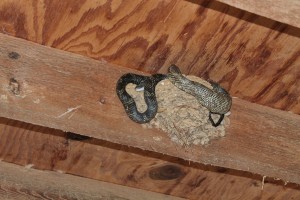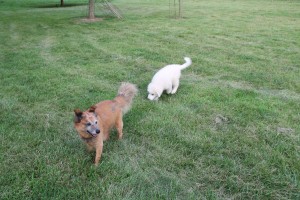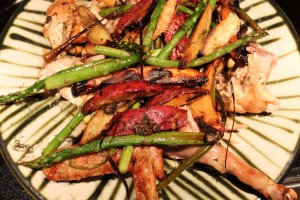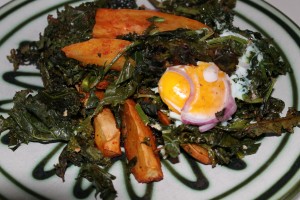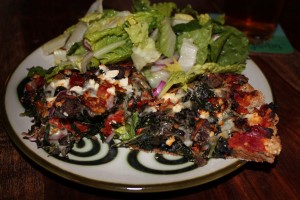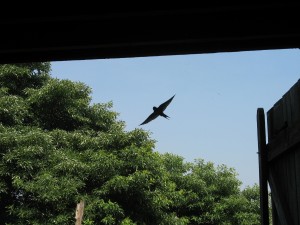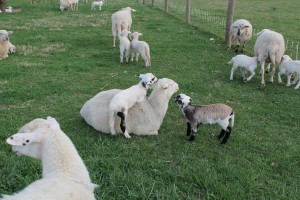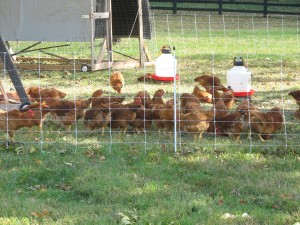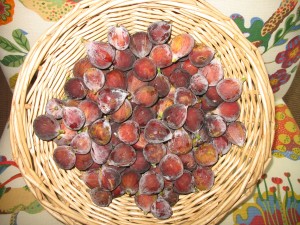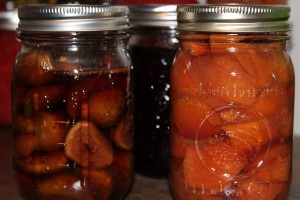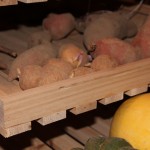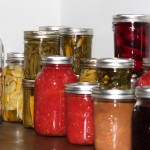
This spring we took advantage of our prairie as quality grazing for the ewes and lambs. It worked marvelously! Lots of tall grass with no parasites (until they were shed by the sheep, of course. As Dr. Ray Kaplan says “if you have sheep you have parasites”). The prairie gets burned each spring so we can have a fresh start each year as dormant parasite eggs will be destroyed. The prairie grazing did require some due diligence on my part. Strips needed to be mowed for the electro-netting; lambs would sometime get lost in the tall grass (not for long, though) and we needed to monitor any foot injury from the burned out wild pear saplings that dot the landscape. The regrowth of grass was fast once they were moved off a section; but we could not keep them on it once the grasses had reach a certain maturity because if became less palatable to them. With some easier fencing I could get more efficient use of the prairie; I will continue to perfect the system. So far so good on the parasite load after a recent FAMACHA (monitoring anemia by checking the color of eye membranes) check. 
Tim Farmer’s Country Kitchen
We were also featured on Tim Farmer’s Kitchen recently talking about raising sheep and chicken. Tim and his wife Nikki are super nice; their daughter Kelly shot the video and does post production. Here’s the YouTube video: http://youtu.be/vv3mdHKmzMM
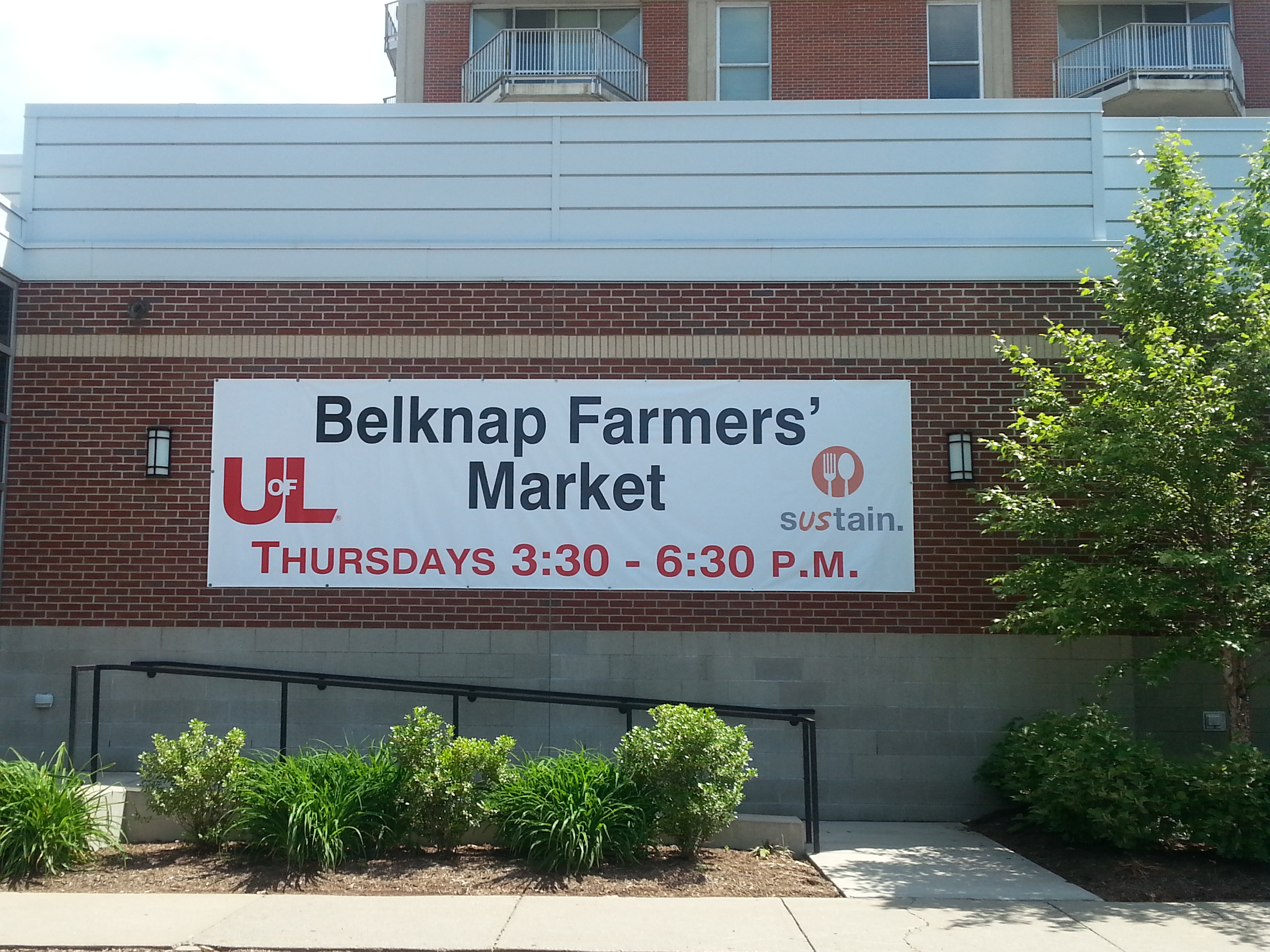 Belknap Farmers’ Market
Belknap Farmers’ Market
The University of Louisville now has a new Belknap Farmers’ Market located at 3rd and Brandeis on campus. We are there with lamb, chicken, eggs and fruit every Thursday from 3:30-6pm. It is a full service market with prepared meals, vegetables, fruits, meat, eggs, canned and baked goods, bread and honey. U of L’s commitment to community engagement welcomes everyone to the market. The community, students, faculty and staff make this market fun! Come see us, it runs through October. Here’s their Facebook page: https://www.facebook.com/BelknapFM

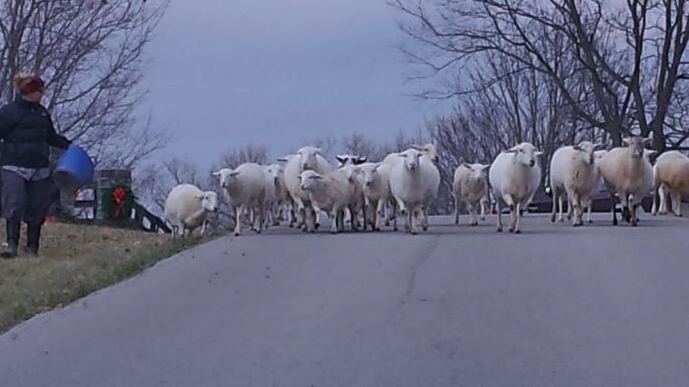
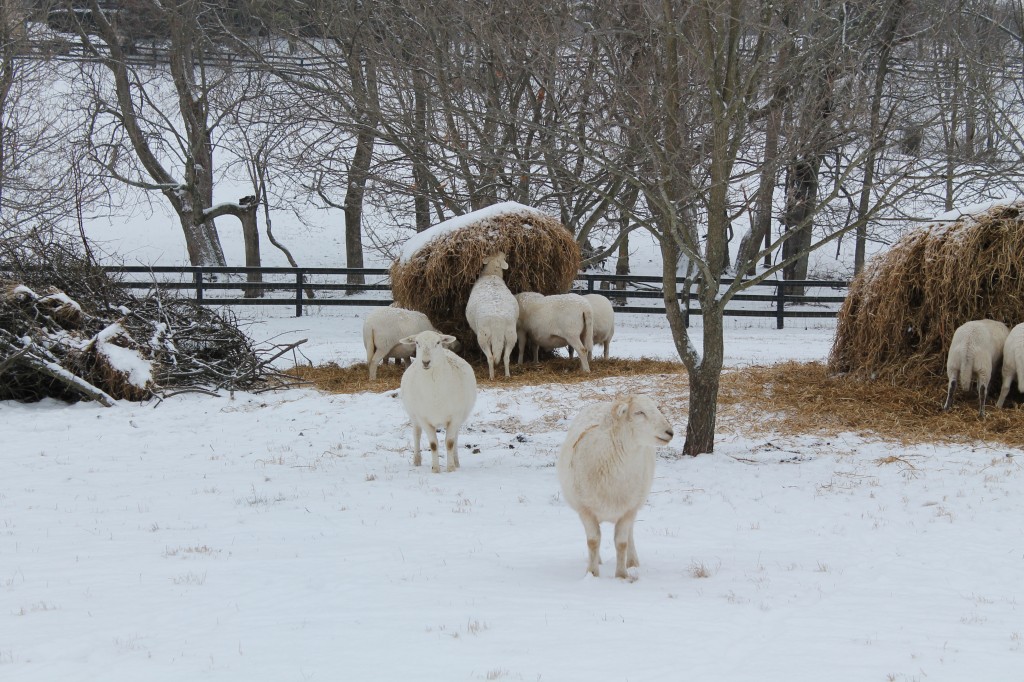
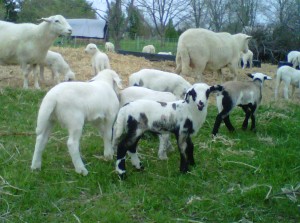
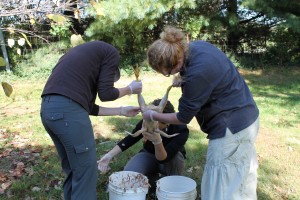
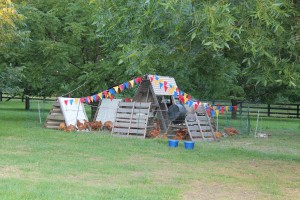 I wrote earlier that I had let our Maremma livestock guardian dog out of his pasture where he patrolled for predators around the broilers and the sheep. I thought maybe he would help to deter fox during the day around the barn area where we were having trouble with the laying hens. This was not a real solution because it basically confused Baxter. He had been trained (rather we reinforced his natural instincts) to stay on pasture with broilers and sheep. If you go off routine with Baxter it makes him a little manic for a few days.
I wrote earlier that I had let our Maremma livestock guardian dog out of his pasture where he patrolled for predators around the broilers and the sheep. I thought maybe he would help to deter fox during the day around the barn area where we were having trouble with the laying hens. This was not a real solution because it basically confused Baxter. He had been trained (rather we reinforced his natural instincts) to stay on pasture with broilers and sheep. If you go off routine with Baxter it makes him a little manic for a few days.